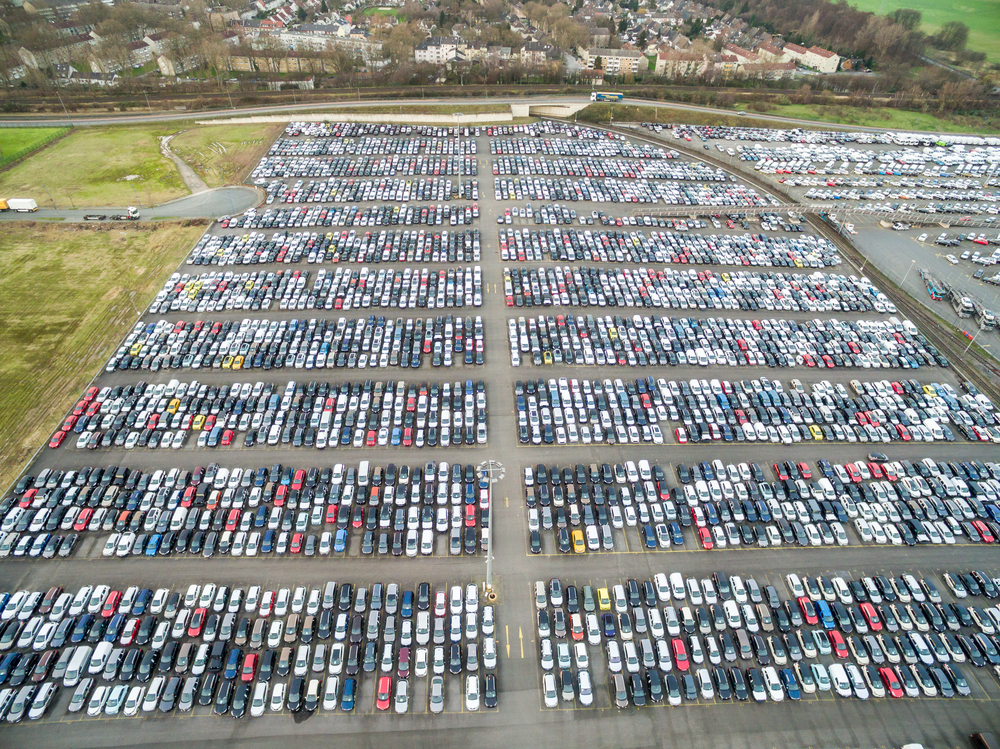Logistics innovations enabling faster home food fulfillment across regions
Consumers and businesses expect groceries to arrive quickly while preserving freshness and minimizing waste. Innovations across logistics, cold chain management, and last-mile delivery are reshaping how food moves from warehouse to doorstep, with implications for urban and rural areas alike.

Faster home food fulfillment is increasingly driven by a mix of operational changes, technology adoption, and network redesigns. Retailers and third-party platforms are redesigning fulfillment flows to balance speed, cost, and product quality. Investments in coldchain infrastructure, improved forecasting, and smarter routing let perishable items move quickly without compromising freshness. At the same time, contactless handoffs, curbside pickup, and subscription models alter customer expectations and the inventory strategies that support them.
How do ecommerce and logistics converge?
Ecommerce has turned groceries into a logistics challenge: orders span many SKUs, include temperature-sensitive items, and must be fulfilled reliably. Logistics teams coordinate warehouses, micro-fulfillment centers, and carrier networks to translate online demand into physical deliveries. Integrations between ecommerce platforms and warehouse management systems enable real-time inventory visibility and faster handoffs to carriers. This convergence also encourages partnerships between retailers and local delivery providers to serve both dense urban neighborhoods and dispersed rural communities.
What fulfillment and coldchain advances help freshness?
Fulfillment strategies now prioritize proximity: micro-fulfillment centers inside cities and dark stores near population centers reduce transit times for fresh produce and chilled goods. Coldchain innovations—modular refrigerated units, phase-change materials, and improved thermal packaging—extend safe temperature windows during lastmile legs. These improvements allow carriers to consolidate routes while maintaining quality. Freshness also depends on streamlined pick-and-pack workflows, barcode-level temperature tracking, and simple returns processes for compromised items.
How do lastmile, curbside, and contactless deliveries improve speed?
Lastmile innovation focuses on flexibility and minimized dwell time. Curbside pickup and contactless doorstep delivery reduce the time drivers spend per stop, enabling more deliveries per hour. Dynamic routing algorithms reorder stops in real time to reflect traffic, missed deliveries, or new pickups, improving utilization. In high-density urban areas, bikes and electric vehicles can replace vans for faster access, while rural lastmile solutions combine scheduled routes and community pickup points to keep costs reasonable without sacrificing speed.
How do inventory, forecasting, and routing reduce delays?
Accurate forecasting reduces stockouts and the need for ad hoc cross-docking, cutting fulfillment time. Retailers use point-of-sale data, subscription patterns, and mobile app behavior to predict demand at SKU level and allocate inventory across central and local nodes. Smarter routing ties inventory location to delivery windows: when forecasting indicates a regional surge, stores pre-stage extra stock and routing systems reserve capacity. This orchestration between inventory and routing systems trims lead time and lowers waste from overstock or spoilage.
How do mobile apps, payments, subscriptions, and sustainability intersect?
Mobile apps and payments streamline ordering and support features like scheduled deliveries, subscriptions, and reusable packaging options. Subscriptions smooth demand patterns, making forecasting more reliable and allowing logistics providers to plan routes and consolidation. Digital payment integrations and contactless processing speed customer interactions at delivery and curbside pickup. Sustainability considerations—reduced empty miles, electric vehicles, and bulk shipment consolidation—are often built into routing and subscription logic, helping providers lower carbon footprints while maintaining fast fulfillment.
Conclusion Logistics innovations across fulfillment, coldchain, and lastmile operations are producing measurable improvements in speed and quality for home food delivery. Combining proximity-based fulfillment, real-time forecasting, renewable or more efficient transport modes, and seamless mobile experiences enables retailers to serve both urban and rural areas more reliably. Continued refinement of inventory placement, routing algorithms, and temperature-controlled packaging will shape the next wave of incremental gains in freshness and delivery speed.




